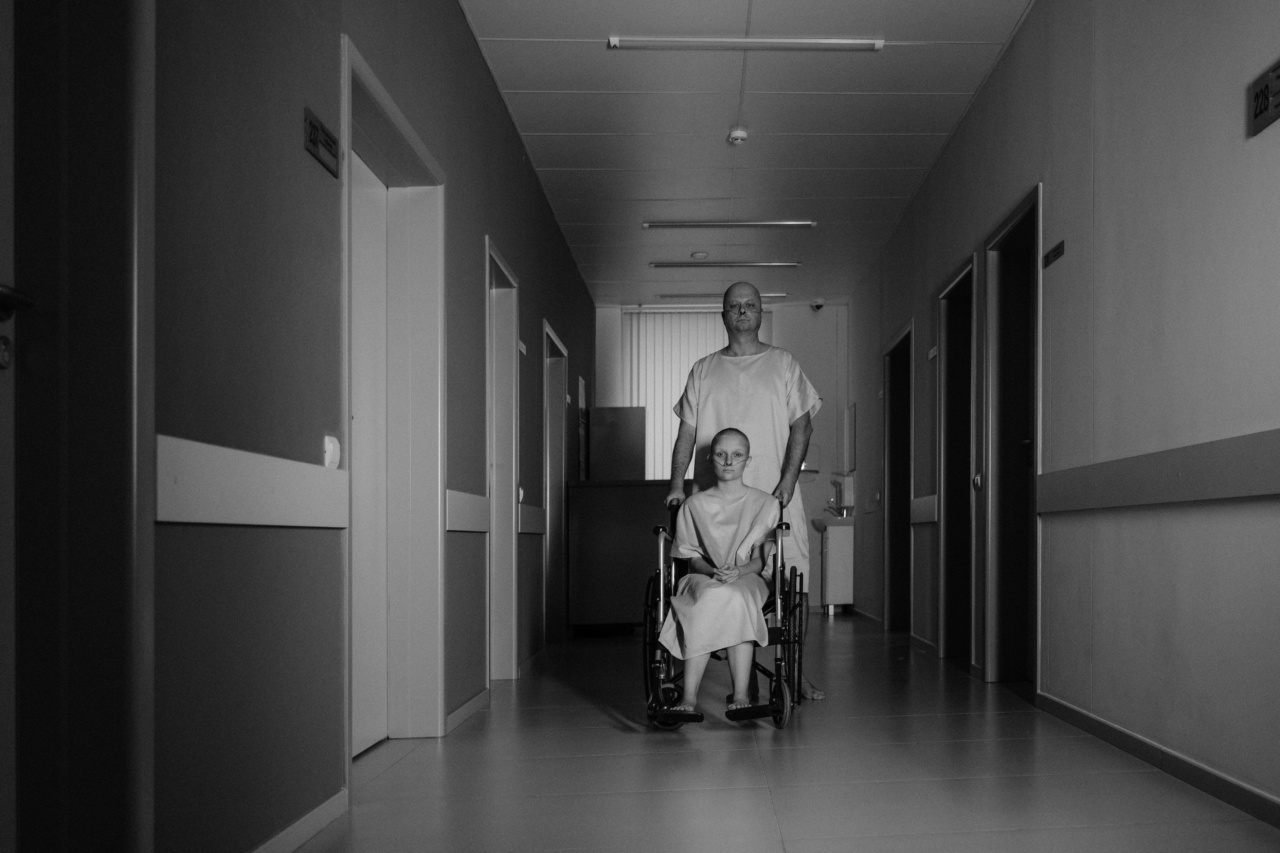Cancer is a deadly disease that affects millions of people around the world every year. One of the most common treatments for cancer is chemotherapy, which uses drugs to kill cancer cells.
Unfortunately, chemotherapy can also damage healthy cells in the body, including the ovaries, which can lead to infertility in female cancer patients.
To address this issue, researchers are developing artificial ovaries that can help female cancer patients preserve their fertility and have children in the future.
What are artificial ovaries?
Artificial ovaries are medical devices that can be implanted into the body to replace damaged or non-functioning ovaries.
These devices typically consist of a small, 3D-printed scaffold made from biocompatible materials, such as hydrogels or polymers, that is seeded with ovarian follicles.
Ovarian follicles are small, fluid-filled sacs in the ovaries that contain immature eggs, or oocytes. Over time, these oocytes mature and can be released from the ovaries during ovulation.
By transplanting artificial ovaries that contain ovarian follicles, female cancer patients can potentially preserve their fertility and have children in the future, even after undergoing chemotherapy or other cancer treatments that can damage their reproductive system.
How do artificial ovaries work?
Artificial ovaries work by mimicking the natural function of the ovaries. They contain ovarian follicles that can mature and release eggs, allowing female cancer patients to conceive naturally.
Initially, the ovarian follicles in the artificial ovaries are immature and incapable of supporting pregnancy.
However, with the help of hormones such as follicle-stimulating hormone (FSH) and luteinizing hormone (LH), the follicles can be induced to mature and release eggs.
This process is similar to the natural process that occurs in the ovaries during the menstrual cycle. FSH and LH are produced by the pituitary gland in the brain and stimulate the growth and maturation of ovarian follicles.
Once the follicles mature, they release a mature egg that can be fertilized by sperm to create a viable embryo. The embryo can then be implanted into the uterus, where it can grow and develop into a healthy baby.
Current research on artificial ovaries
Research on artificial ovaries is still in its early stages, but several promising studies have been conducted in recent years.
One study conducted in 2018 by researchers in Denmark and Japan successfully implanted artificial ovaries into mice and were able to induce the follicles to mature and release functional eggs.
The researchers then fertilized the eggs and implanted them into the uteruses of female mice, where they grew into healthy pups.
Another study conducted in 2019 by researchers in the United States and Italy used a similar approach to create artificial ovaries that could support the growth and maturation of human ovarian follicles.
The researchers were able to produce functional eggs from the follicles in the artificial ovaries and believe that this technology could one day be used to help human cancer patients preserve their fertility.
Benefits of artificial ovaries
The primary benefit of artificial ovaries is that they can potentially help female cancer patients preserve their fertility, even after undergoing chemotherapy or other cancer treatments that can damage their reproductive system.
Many young women who are diagnosed with cancer worry about the impact that cancer treatment will have on their ability to have children in the future.
Artificial ovaries offer these women a way to preserve their fertility and have biological children later in life.
Artificial ovaries can also be used to treat women who have premature ovarian failure, which is a condition that causes the ovaries to stop functioning before the age of 40.
Women with premature ovarian failure are unable to conceive naturally and typically require donor eggs or surrogacy to have children.
Artificial ovaries could provide these women with a way to have biological children by replacing their non-functioning ovaries with the 3D-printed scaffolds that contain ovarian follicles.
Drawbacks of artificial ovaries
While artificial ovaries offer many benefits, there are also some potential drawbacks to consider.
One major concern is the risk of infection or rejection. Because artificial ovaries are implanted into the body, there is a risk that the body will reject the device or that bacteria can enter the body and cause infection.
Additionally, the process of maturing ovarian follicles in artificial ovaries requires the use of hormones, such as FSH and LH. These hormones can have side effects, such as mood swings, headaches, and hot flashes.
There is also a risk that using hormones to induce ovulation can increase the risk of certain types of cancer, such as breast cancer.
Lastly, artificial ovaries are still an experimental technology that has not been approved for widespread use.
It will likely take several more years of research and development before artificial ovaries become a safe and effective option for female cancer patients.
Conclusion
Overall, artificial ovaries represent an exciting new technology that could help female cancer patients preserve their fertility and have biological children in the future.
While there are still many challenges to overcome before artificial ovaries become a reality, researchers are making significant progress in this area of study.
As more research is conducted and technology improves, it is likely that artificial ovaries will become an increasingly important tool in the fight against cancer, offering hope and a new lease on life to millions of women around the world.
























